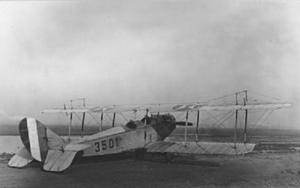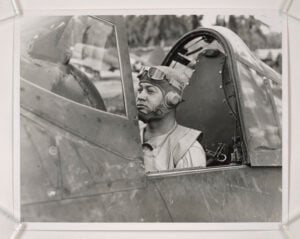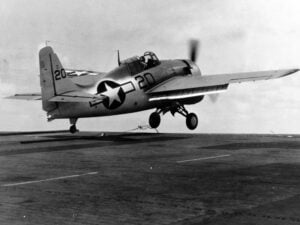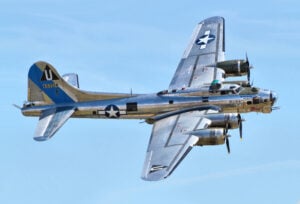Why These 10 WWII Warplanes Were Forgotten For a Reason
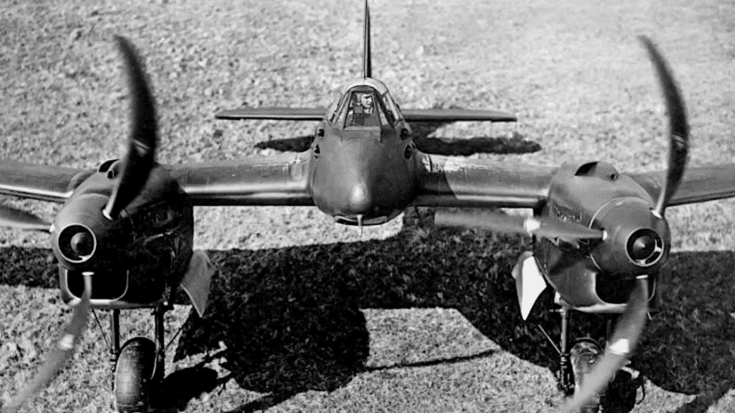
Curious list / YouTube
World War II saw the creation of some of the most legendary aircraft in aviation history. While planes like the Spitfire and Mustang became symbols of their nations’ resolve, many remarkable designs never received the recognition they deserved. These aircraft were sidelined due to politics, bad timing, or sheer bad luck. Despite their potential, these machines remain footnotes in history. Here are ten of the most significant forgotten warplanes of World War II.
Martin-Baker MB3
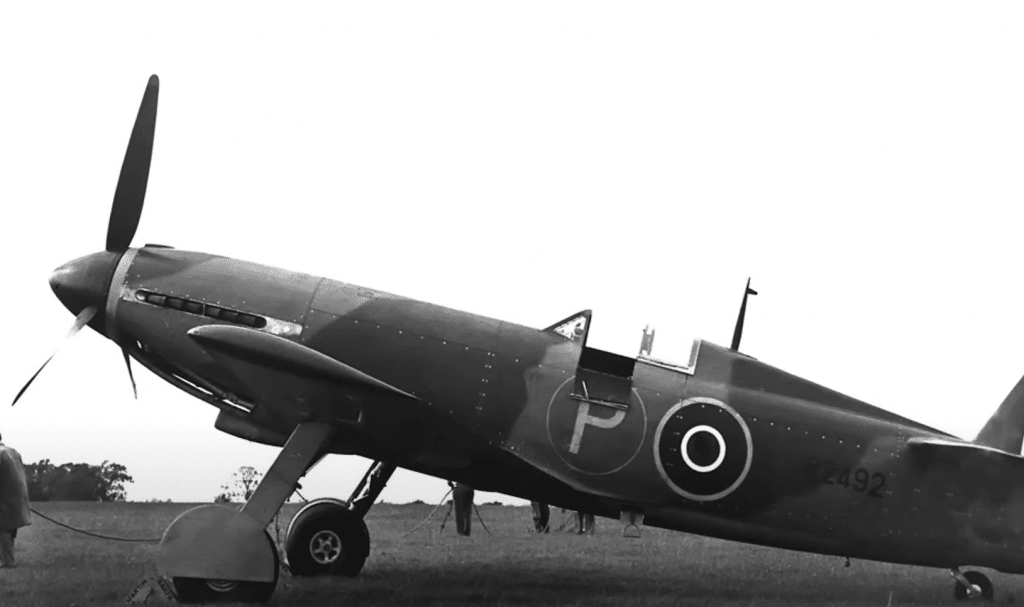
The Martin-Baker MB3 was a promising British fighter that never made it to combat. Its design included six 20mm cannons and exceptional durability, outperforming the Spitfire Mark VIII in speed. However, tragedy struck in 1942 when a test flight crash claimed the life of Valentine Baker, one of the company’s founders. This loss led Martin-Baker to focus on developing ejection seat technology instead of aircraft. Their ejection seats later saved thousands of lives, but the MB3 itself remains a symbol of unfulfilled potential.
Martin-Baker MB5
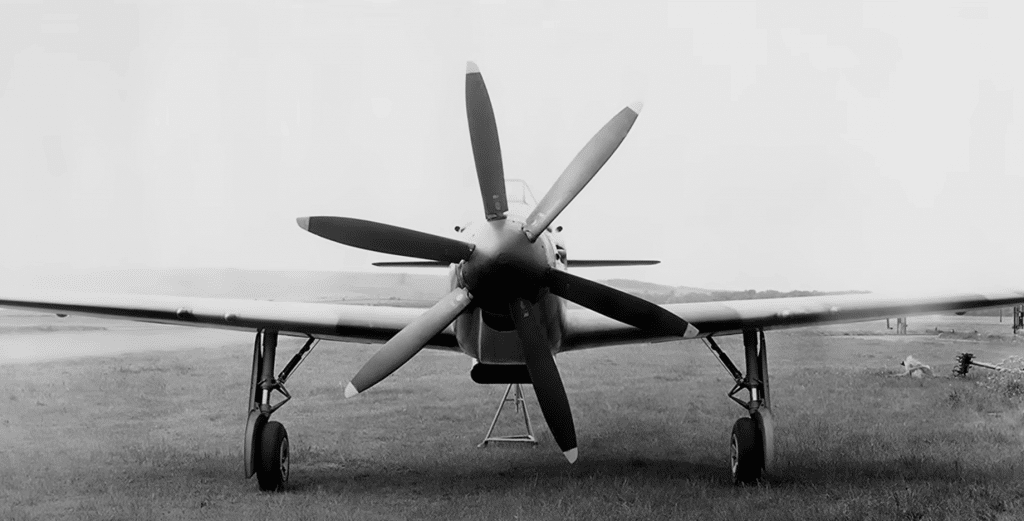
The Martin-Baker MB5 is often regarded as one of the greatest piston-engine fighters ever built in Britain. It combined a top speed of 460 mph with outstanding handling and ease of maintenance. Despite these strengths, it arrived too late to make an impact. By the time it was introduced in 1944, jet aircraft were beginning to dominate military aviation. A rumored engine failure during a demonstration further hindered its prospects. Only one prototype was built, leaving the MB5 as an intriguing “what-if” in British aviation history.
Miles M.20
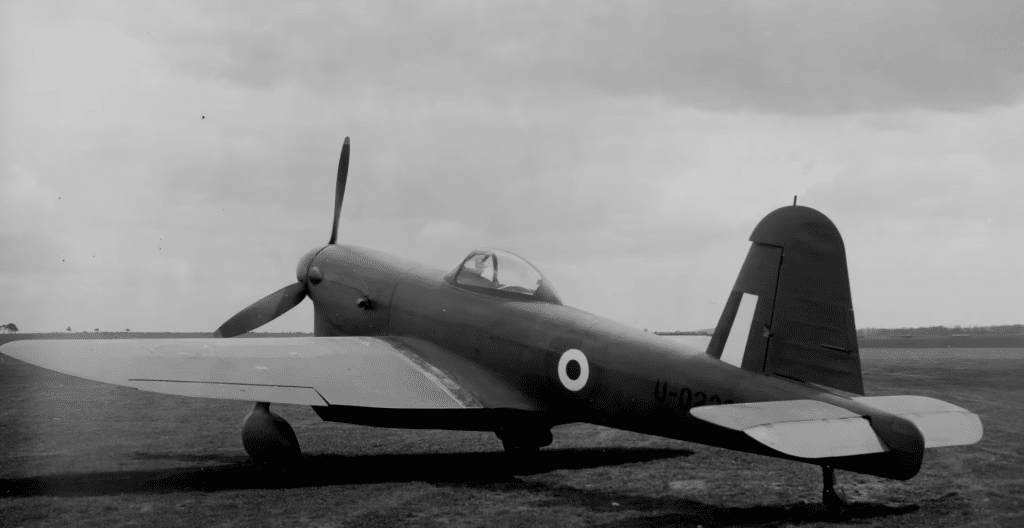
The Miles M.20 was an innovative design that emerged in response to fears of an aluminum shortage during the Battle of Britain. Built almost entirely from wood, the M.20 could be produced quickly and cheaply. It featured 12 machine guns and a clear-view bubble canopy, offering excellent visibility. Despite its practicality and long range, the anticipated aluminum shortage never materialized. The project was shelved, and only one prototype was built. The M.20’s practicality might have made it a valuable asset under different circumstances.
Douglas XB-42 Mixmaster
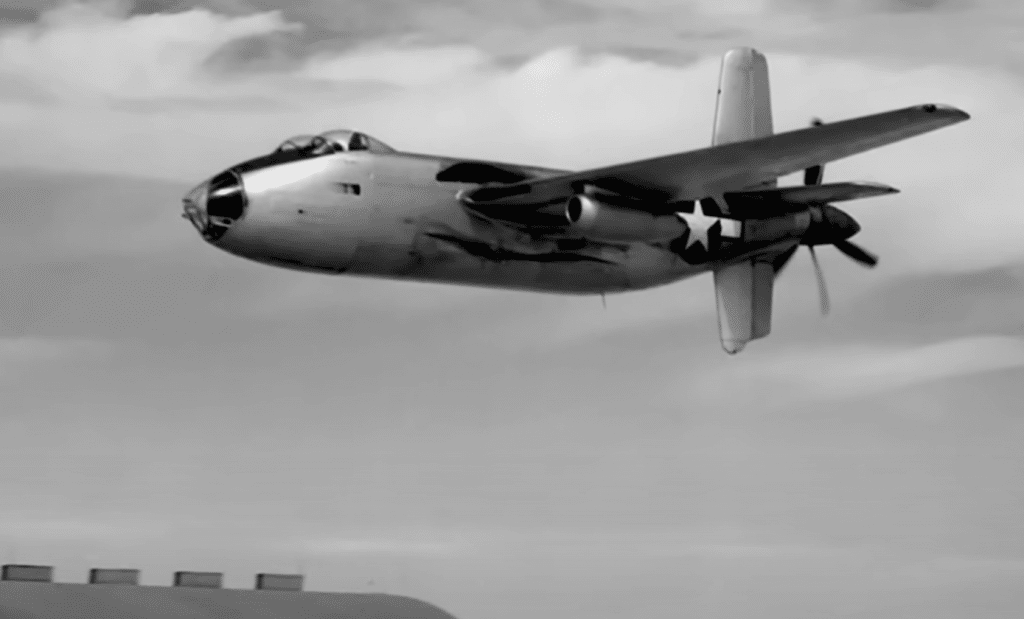
The Douglas XB-42 Mixmaster was an advanced twin-engine bomber showcasing the pinnacle of piston-engine technology. It could carry a payload twice as large as the famous Mosquito and featured remote-controlled defensive turrets. With a top speed of 488 mph, it was faster than many contemporary fighters. However, its reliance on smooth runways and the rapid development of jet-powered bombers made it obsolete before it could enter service. Only two prototypes were built, making the XB-42 a fascinating glimpse into an alternate path for bomber development.
Dornier Do 335 “Arrow”
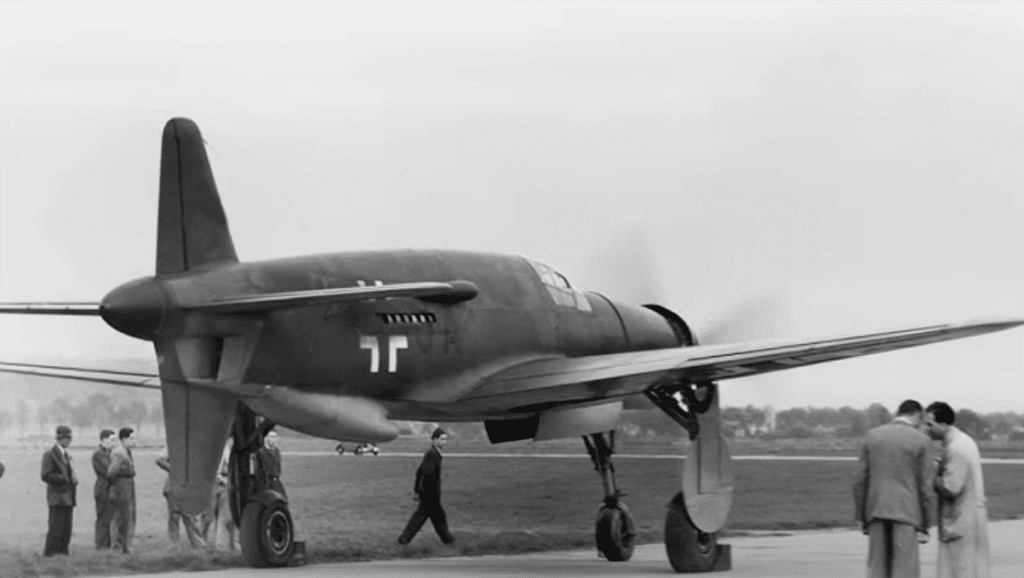
The Dornier Do 335, known as the “Arrow,” was one of the fastest piston-engine aircraft of the war. Its unique push-pull engine configuration allowed for impressive speed and range. Armed with powerful cannons, it outclassed many Allied fighters in performance. However, its late introduction meant that only 37 units were produced, and none saw combat before the war ended. The Do 335 remains an example of German innovation that came too late to make a difference.
Focke-Wulf Fw 187
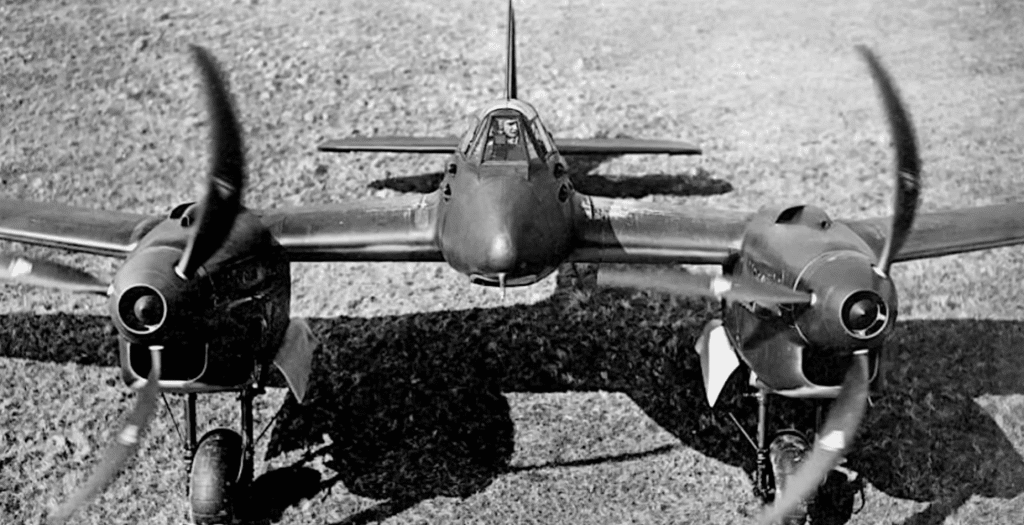
The Focke-Wulf Fw 187 was designed as a long-range escort fighter and performed better than the Bf 109 in speed, range, and climbing ability. Despite these advantages, it faced internal resistance from German military leadership, who favored the Bf 110 for such roles. Engine shortages and political obstacles further doomed the Fw 187. Only nine prototypes were built, leaving it as a missed opportunity that could have significantly bolstered German aerial capabilities.
Polikarpov I-185
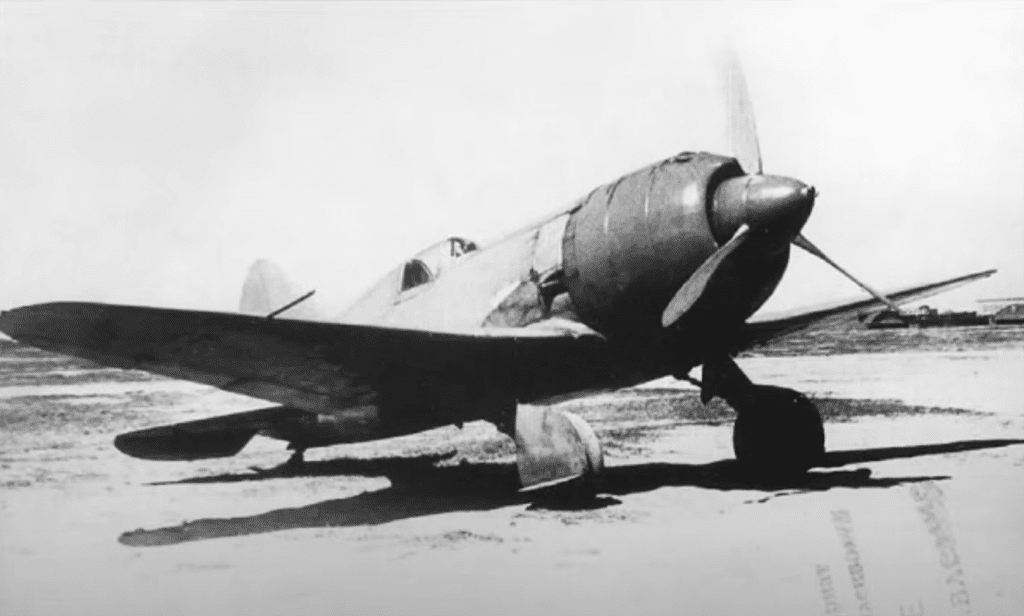
The Polikarpov I-185 was a Soviet fighter that excelled in speed, handling, and firepower, outperforming many Allied and German aircraft. It was briefly deployed for frontline testing in 1942, where pilots praised its superiority. However, political chaos, production delays, and the prioritization of simpler designs prevented it from entering mass production. The I-185’s potential remained unrealized, leaving it as an example of how wartime priorities can overshadow innovation.
Beechcraft XA-38 Grizzly
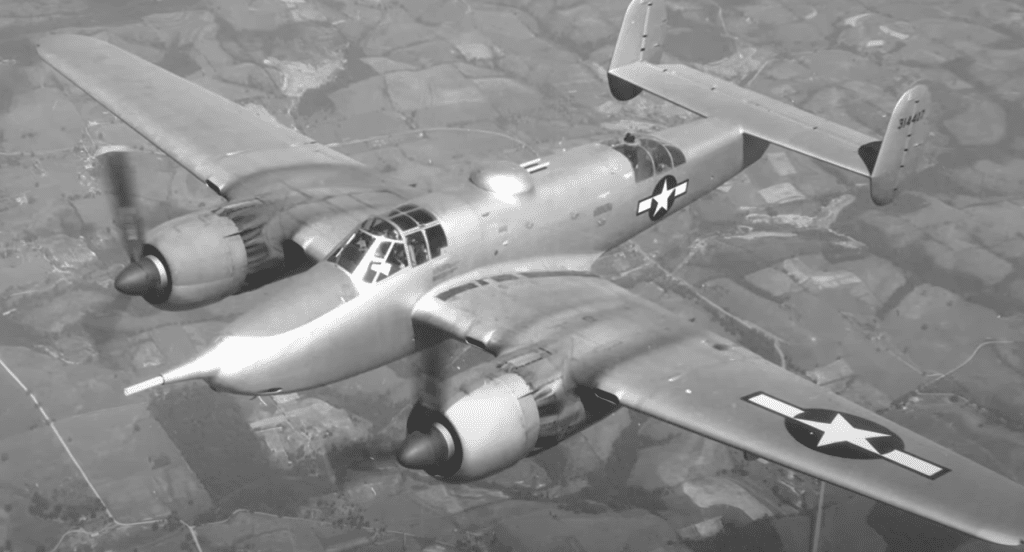
The Beechcraft XA-38 Grizzly was a formidable ground-attack aircraft equipped with a 75mm cannon capable of destroying tanks. Faster than many fighters and bristling with defensive armaments, the Grizzly showed immense promise. However, the engines it relied on were needed for the B-29 Superfortress, one of the most critical bombers of the war. As a result, the Grizzly was never produced beyond the prototype stage, despite its potential to revolutionize ground-attack missions.
Grumman XF5F Skyrocket
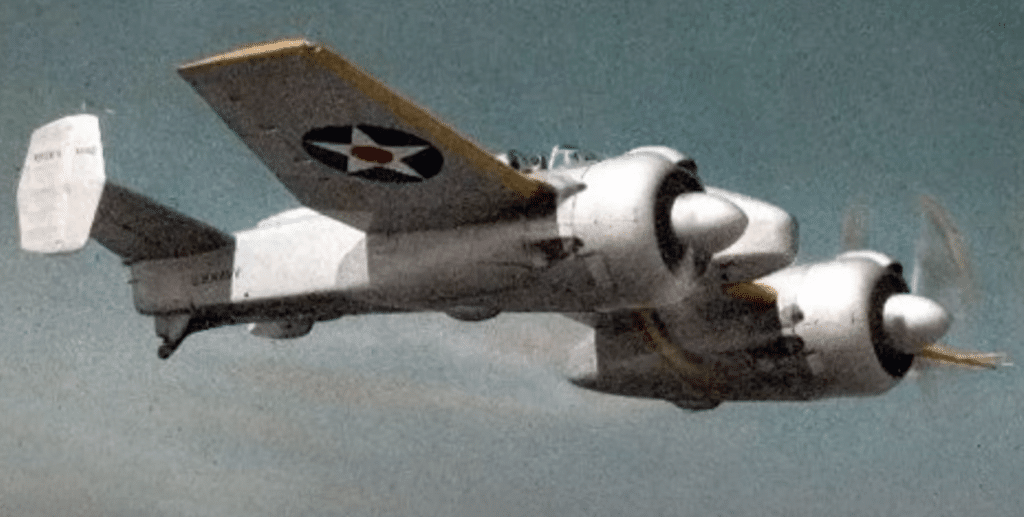
The Grumman XF5F Skyrocket was an innovative twin-engine fighter designed for aircraft carrier operations. Its climb rate and maneuverability were exceptional, and it outperformed the Spitfire during test flights. However, minor mechanical issues and its complex design led to it being passed over in favor of simpler alternatives. The Skyrocket served primarily as a testbed for future developments, ultimately paving the way for the legendary F7F Tigercat.
Heinkel He 100
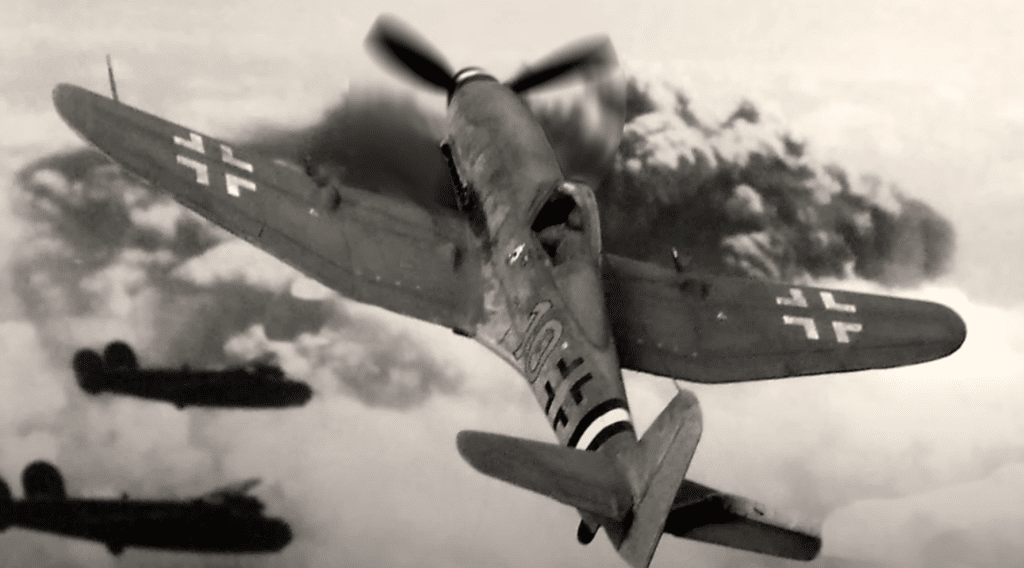
The Heinkel He 100 was an advanced German fighter with unmatched speed and range for its time. It could have provided long-range escort capabilities during critical battles like the Battle of Britain. However, political infighting and the success of the Bf 109 led to its cancellation. Only a handful of prototypes were built, and the aircraft was used mainly for propaganda purposes. The He 100’s potential remains one of the great “what-ifs” of aviation history.














